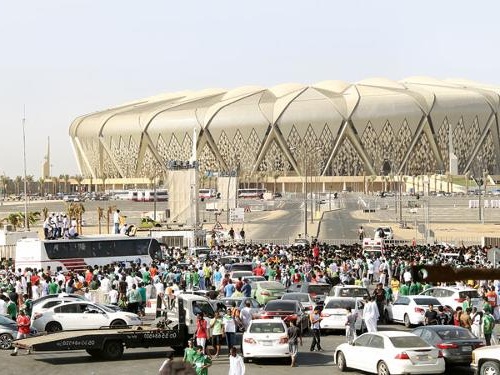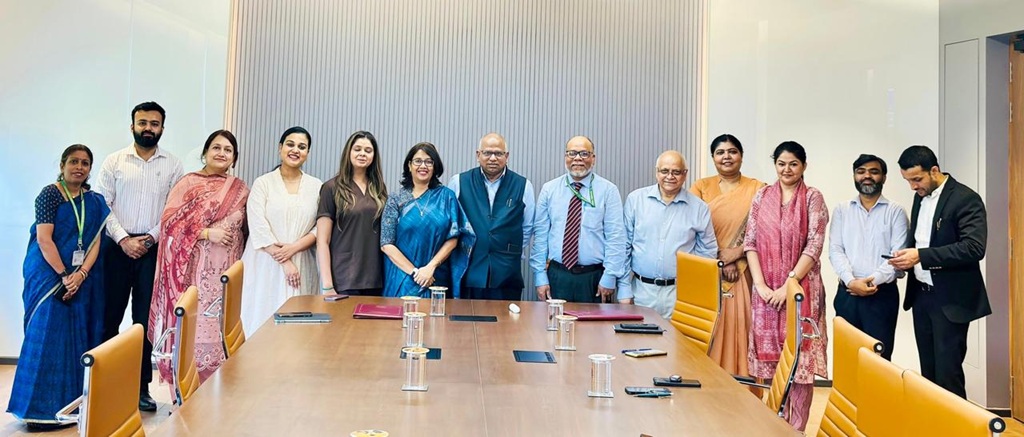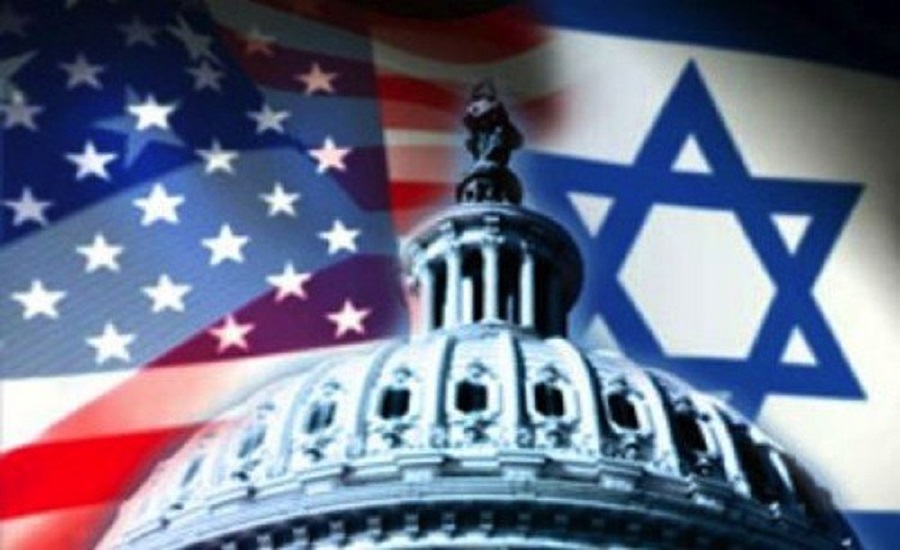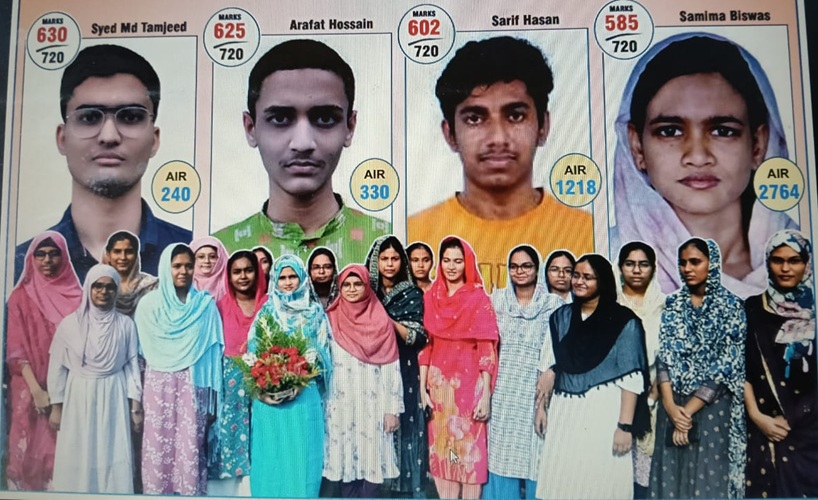by Khaled Al-Ghamdi
JEDDAH – Custodian of the Two Holy Mosques inaugurated Thursday evening the King Abdullah Sports City in Jeddah.
He also attended the final between Al-Ahli of Jeddah and Al-Shabab of Riyadh for the 2014 Custodian of the Two Holy Mosques Football Cup. The area surrounding the King Abdullah Bin Abdul Aziz Sports City and its glistening jewel — the 60,000-seat football stadium — was a carnival of celebrations since early Thursday with soccer fans arriving much ahead of time for the final between the two giants of Saudi soccer.
The hustle and bustle near the sports city also saw some fans making a quick buck. There was black marketing of the free tickets with fans selling a ticket at a premium of SR1,000 and above. The price, however, decreased to SR500 with time.
The King’s support to sports and youth activities by launching this dream project and the conclusion of the sports season brought about a symphony of joy, that was marked by enthusiastic crowds clapping and dancing in great humor.
Supporters of the two clubs and soccer fans arrived at the city early despite the announcement by Saudi Aramco, the security and supervising authorities for the great event, of the time of the inauguration.
According to Essam Tawfiq, General Director of Public Affairs at Aramco, the 60,000-seat King Abdullah Stadium in the 9 sq km Jeddah Sports City has been constructed in a record time of 14 months.
The state-of-the-art stadium adorned a festive atmosphere, much ahead of the game.
The King Abdullah Sports City consists of a 60,000-seat football stadium, a 2,000-seat multisports hall, an outdoor 1,000-seat athletic stadium, training fields for other sports disciplines, a mosque and parking for 45,000 cars.
The complex has over 308 seats earmarked for persons with special needs, with separate toilets and elevators for them. The stadium seating system is built on three levels facilitating a clear view of the ground.
The roof is covered with special hard cloth with steel mesh to protect spectators from the sun and rain. Advanced technology is in place to control the temperature in the stadium.
The design of the stadium also includes modern features and capabilities, aligned with FIFA requirements, which will help attract regional and international sports and entertainment events.






0 Comments